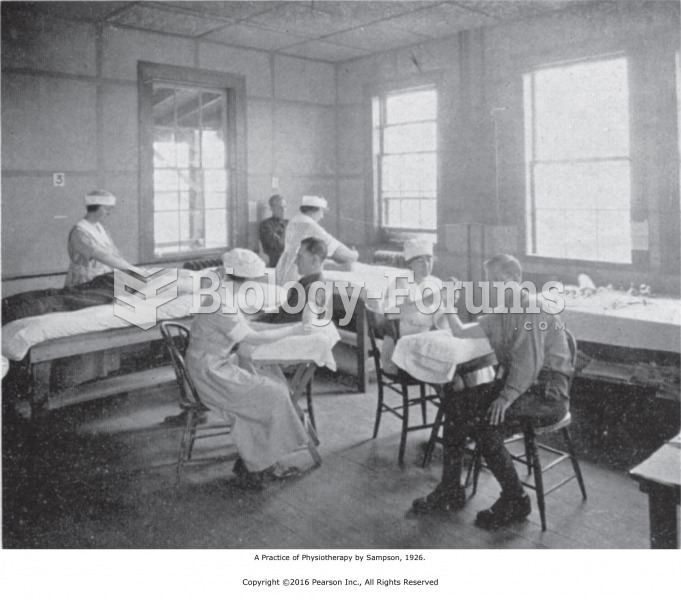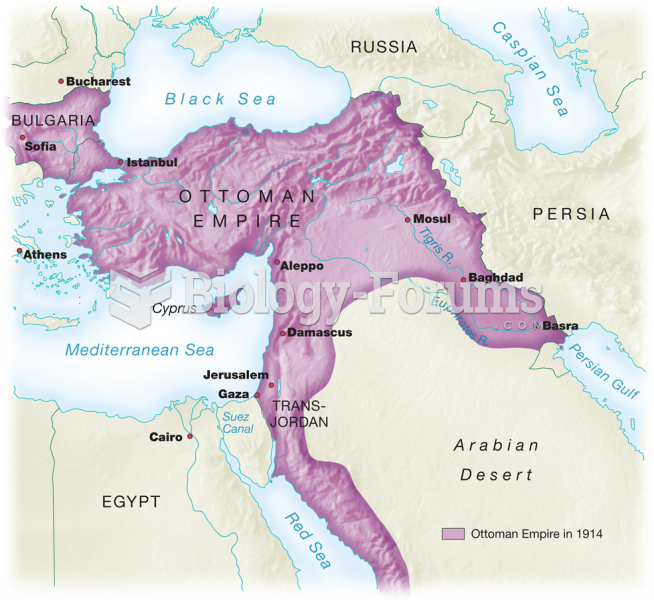|
|
|
Though methadone is often used to treat dependency on other opioids, the drug itself can be abused. Crushing or snorting methadone can achieve the opiate "rush" desired by addicts. Improper use such as these can lead to a dangerous dependency on methadone. This drug now accounts for nearly one-third of opioid-related deaths.
Cyanide works by making the human body unable to use oxygen.
In women, pharmacodynamic differences include increased sensitivity to (and increased effectiveness of) beta-blockers, opioids, selective serotonin reuptake inhibitors, and typical antipsychotics.
Adolescents often feel clumsy during puberty because during this time of development, their hands and feet grow faster than their arms and legs do. The body is therefore out of proportion. One out of five adolescents actually experiences growing pains during this period.
Stevens-Johnson syndrome and Toxic Epidermal Necrolysis syndrome are life-threatening reactions that can result in death. Complications include permanent blindness, dry-eye syndrome, lung damage, photophobia, asthma, chronic obstructive pulmonary disease, permanent loss of nail beds, scarring of mucous membranes, arthritis, and chronic fatigue syndrome. Many patients' pores scar shut, causing them to retain heat.
 Senator Joe McCarthy and his aide Roy Cohn (left) listen to testimony at the Army-McCarthy hearings ...
Senator Joe McCarthy and his aide Roy Cohn (left) listen to testimony at the Army-McCarthy hearings ...
 A Corner of the General Massage Section of an Army Hospital. A Practice of Physiotherapy by Sampson, ...
A Corner of the General Massage Section of an Army Hospital. A Practice of Physiotherapy by Sampson, ...





